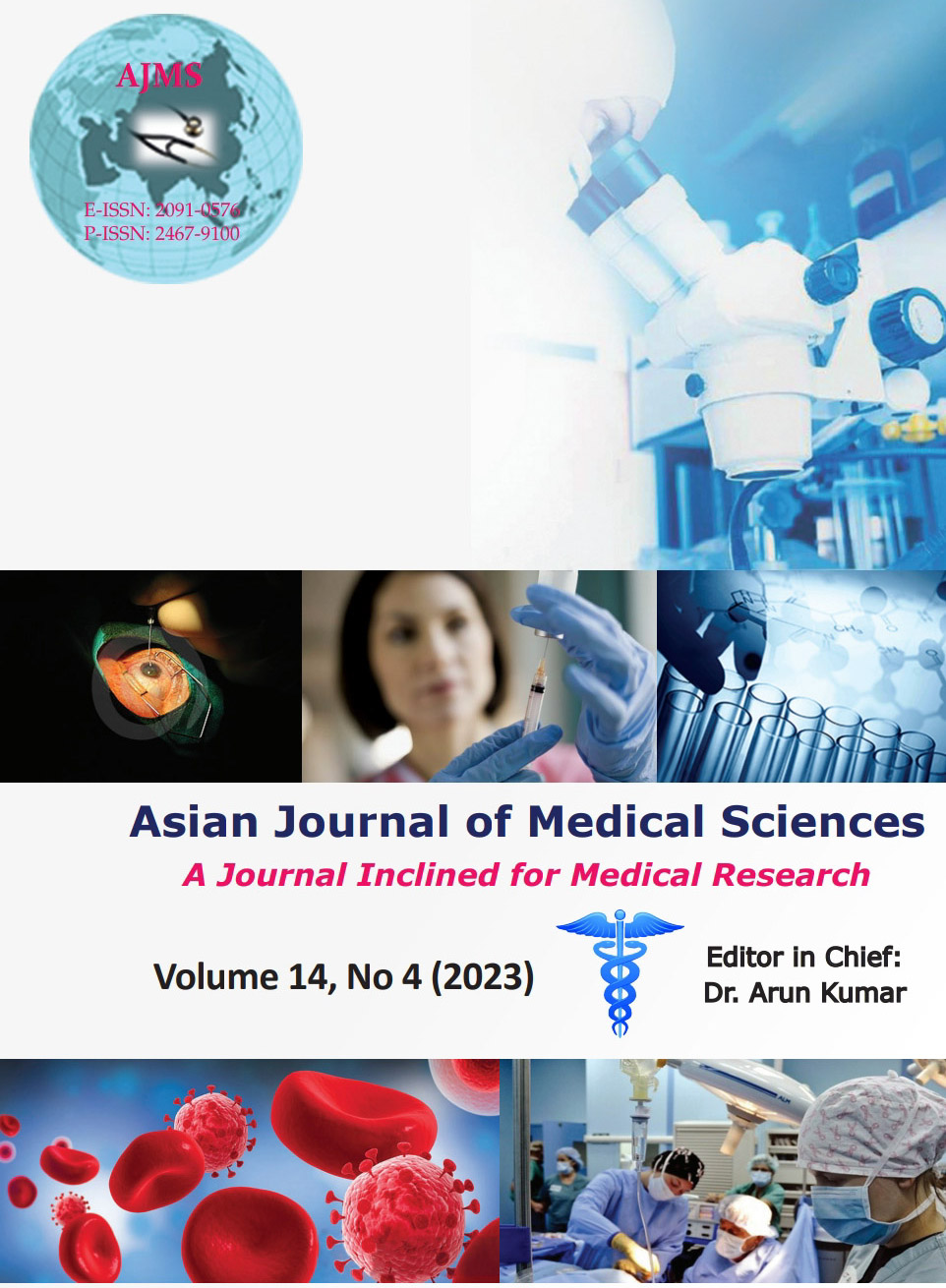A clinical study of mastoid ventilation tube in tympanoplasty
Keywords:
Mastoid ventilation tube; Tympanoplasty; Chronic suppurative otitis mediaAbstract
Background: A ventilated middle ear space is an essential component of a functioning middle ear transformer mechanism. A mastoid ventilation tube (MVT) placed post-aurally in the antrum near the aditus is used in this study for the benefit of improvement in results of tympanoplasty. In support of this concept, very few experimental documents are reported.
Aims and Objectives: The aims of this study were to find out if the MVT has any effect on the outcome of tympanoplasty in cases of chronic suppurative otitis media (CSOM) tubo-tympanic disease.
Materials and Methods: This study was performed in 50 cases which were selected from the total number of cases using stratified random sampling method. In the research, patients with CSOM, who did not respond to medical therapy and required a combined approach tympanoplasty, were enrolled. Patients who needed just myringoplasty and those found to have cholesteatoma intraoperatively were not included in the research.
Results: The study showed significant improvement in graft uptake, air-bone closure, and hearing in cases with MVT, thus resulting in better success rate in cases with MVT than cases without MVT. Furthermore, most of the cases had sclerosed mastoids and very few cases had complications such as MVT block and post-operative discharge.
Conclusion: The MVT had a beneficial effect on the final outcome of combined approach tympanoplasty in cases of CSOM tubo-tympanic type active stage.
Downloads
Downloads
Published
How to Cite
Issue
Section
License
Copyright (c) 2023 Asian Journal of Medical Sciences

This work is licensed under a Creative Commons Attribution-NonCommercial 4.0 International License.
Authors who publish with this journal agree to the following terms:
- The journal holds copyright and publishes the work under a Creative Commons CC-BY-NC license that permits use, distribution and reprduction in any medium, provided the original work is properly cited and is not used for commercial purposes. The journal should be recognised as the original publisher of this work.
- Authors are able to enter into separate, additional contractual arrangements for the non-exclusive distribution of the journal's published version of the work (e.g., post it to an institutional repository or publish it in a book), with an acknowledgement of its initial publication in this journal.
- Authors are permitted and encouraged to post their work online (e.g., in institutional repositories or on their website) prior to and during the submission process, as it can lead to productive exchanges, as well as earlier and greater citation of published work (See The Effect of Open Access).




